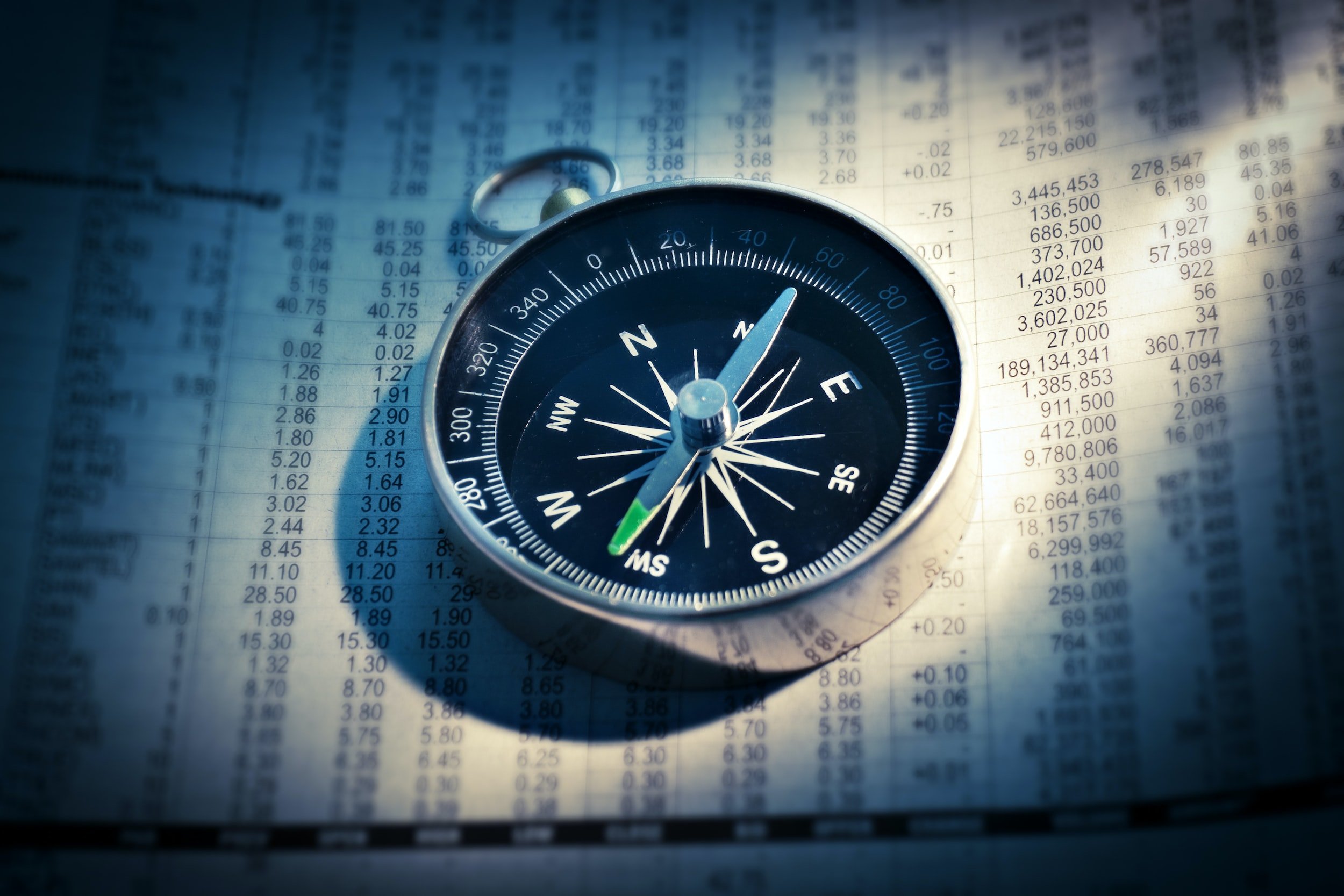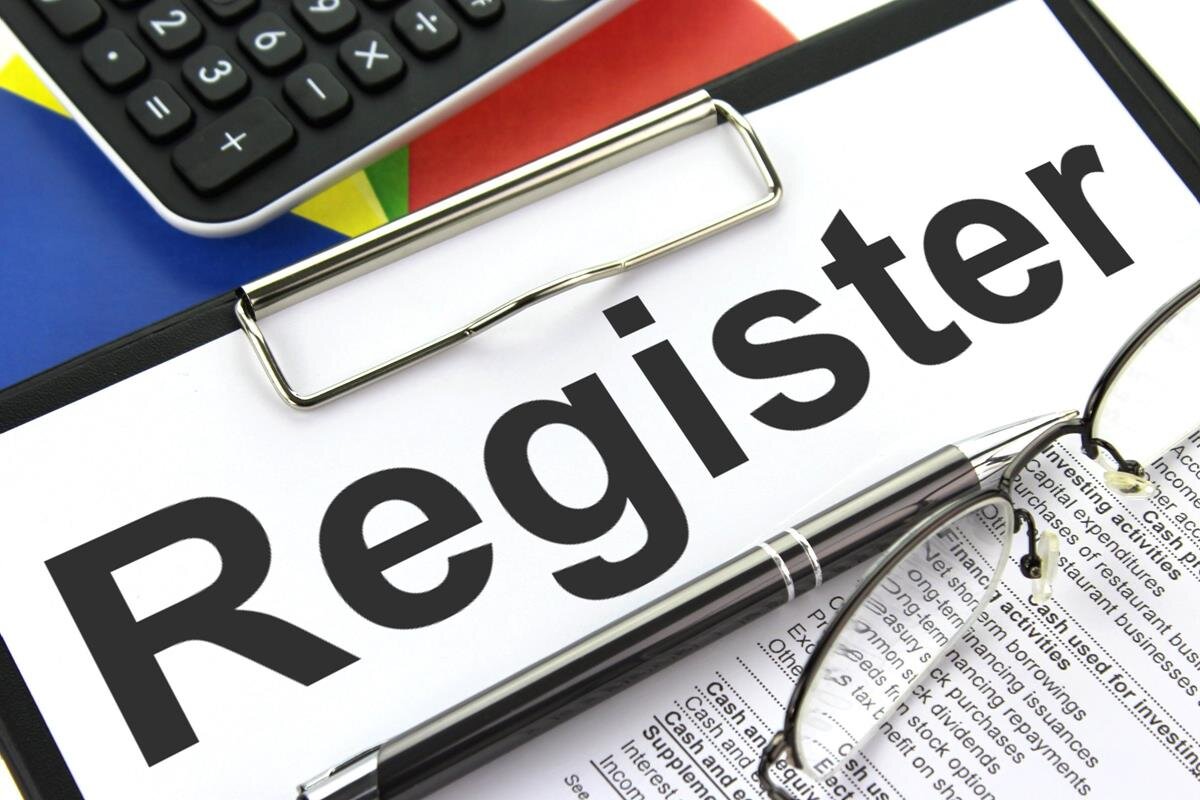Frequently Asked Questions About GST/HST By Business Owners
For those of you who are starting a new business, it is essential to know your tax obligations. Every business owner must report their net profits on their personal tax return (Schedule T2125) if they are unincorporated or a corporation tax return (T2) if they are incorporated.
In addition to income tax, it is essential to consider whether or not you should register and collect GST/HST and provincial sales taxes. There are a variety of questions around this topic that I will try to answer in this article.
What is GST and HST?
GST stands for Goods and Services Tax while HST stands for Harmonized Sales Tax. Both of these are consumption taxes i.e. ultimately levied to the final consumer. They are added to most goods and services in Canada and are administered federally by Revenue Canada. The difference between GST and HST is that the former (GST) is applicable to all provinces without exception, while the latter (HST) only applies in specific provinces who have elected to have their federal and provincial sales tax combined (harmonized).
Businesses effectively act as an agent of Revenue Canada (CRA) where they collect GST/HST from their customers and then remit (pay) these amounts to CRA on a periodic basis.
See my newsletter article for a brief history of sales taxes in Canada.
Which provinces have HST?
The provinces that have HST (which includes the base GST rate of 5%) are:
Ontario HST = 13%
New Brunswick HST = 15%
Newfoundland and Labrador HST = 15%
Nova Scotia HST = 15%
Prince Edward Island HST = 15%
How is GST and HST calculated?
GST and HST are calculated as a percentage of total value of the good or service purchased. For example if you a buy a pair of shoes that costs $100 anywhere in Canada there will be a minimum of GST of 5% or $5. If these shoes are bought in Ontario the HST (which includes the GST) will be 13% or $13. Usually, in Canada, these are added to the total price rather than being included in the retail price.
Who is required to register for GST and HST?
Any business that expects to have or currently has over $30,000 in sales over the past 4 quarters must be registered for GST and/or HST. When starting your business you must determine if this applies to you, and if so, register with Revenue Canada (CRA). If you are in Quebec, you would register for GST/HST and QST with Revenue Quebec.
It should be noted that taxi businesses must register regardless of their sales.
What is a Small Supplier?
A small supplier is a business that has less than $30,000 in sales over a period of 4 quarters and is therefore not required to register. Once this threshold has been exceeded you are no longer considered to be a small supplier and must register.
Can I register even if I’m not a small supplier?
Yes, you can register if you are not a small supplier. The advantage of registering are outlined in this post on should you register for GST/HST and is especially useful for businesses with high startup costs as they can claim back the GST/HST paid on expenses incurred.
How do you register for GST/HST?
Registering your business for GST/HST (which automatically happens at the same time) can be done online, by filling in a form and mailing or faxing it in, or by phone. See here for additional information. Note that you can file for monthly, quarterly or annual GST/HST filing. Annual filing is recommended if your business is small and you do your accounting irregularly. Otherwise consider a quarterly or monthly filing. See here for guidance on choosing a GST/HST filing period
What are your obligations once your register?
Once you register, you must:
Charge GST/HST to all of your customers unless they are international (see below)
Track all amounts collected
Remit amounts collected to CRA based on the due date that relates to your filing period. CRA will advise you of the due dates.
Note that once registered, even if you have less than $30,000 in sales, you still must charge GST/HST to your customers. In other words charging GST/HST is not optional if you have a GST/HST number.
What are input tax credits?
An input tax credit refers to any GST/HST paid on expenses which can then be claimed back from CRA. This is offset against the amounts collected on sales. For example, if you have collected $1,500 in GST on your sales and paid $250 of GST and/or HST on expenses, you would only need to send the difference of $1,250 to CRA. In other words GST/HST paid on business related expenses is fully reimbursable as long as you are registered for GST/HST and your business is not exempt.
What does it mean to be Zero Rated or Exempt?
There are three main classifications of GST/HST. Everything discussed above are referred to as “taxable”.
Additionally there is category referred to as Zero Rated which means that GST/HST on goods and services is literally zero rated.
Exempt on the other hand means that GST/HST does not apply at all. Examples of this are basic groceries and most medical services.
The difference in practical terms is that if you have a zero rated sale, you can still claim input tax credits (GST/HST paid on expenses) while exempt goods and services do not allow you to claim input tax credits. In many cases, if you provide an exempt supply, you wouldn’t even register since you do not collect nor can you claim sales tax paid on expenses. Examples of exempt supplies are doctors, daycares, financial services etc.
Can you claim input tax credits even if you have no (or low) sales?
Yes, you can be in a position where you have incurred expenses but not generated any sales yet. Or your input tax credits exceed the amount of GST/HST that you have collected on sales. In this case you would submit a return requesting a net refund. This is particularly applicable to startups who have high costs in the beginning and only start to generate sales further down the road.
How Do You Set Up Sales Taxes (GST/HST and QST) In QuickBooks Online:
Below is a video tutorial on setting up your sales tax for the first time in QuickBooks Online and how it works in practice using the example of a sales invoice:
How do you file your GST/HST returns and What Information Do you Need?
Your GST/HST returns can be filed directly through a business bank account, online through CRA my business account or by completing a paper form and mailing it in along with a cheque or paying directly at a bank.
The information that you need to file your return is as follows:
Box or Line 101 = Total Sales
Box 103 = Total GST/HST Collected on Sales from Customers
Box 105 = Total GST/HST from box 103 + adjustments
Box 106 = Total GST/HST Paid on Expenses also referred to as Input Tax Credits (or ITCs)
Box 108 = Total GST/HST from box 106 + adjustments
Box 114 = Refund claim i.e. if the total of box 108 exceeds box 105 (GST/HST taxes paid on expenses are higher than GST/HST paid on sales)
Box 115 = Amount Owing i.e. if the total of box 105 exceeds box 108 (GST/HST taxes paid on expenses is lower than GST/HST paid on sales)
Note that only box 114 or 115 will apply
If you are registered in Quebec, you are generally required to file your GST/HST and QST return with Revenue Quebec (RQ) rather than CRA since the GST is administered by RQ in Quebec. There will be a second part of the GST/HST and QST return with virtually identical boxes to the GST/HST return:
Box or Line 201 = Total Sales
Box 203 = Total QST Collected on Sales from Customers
Box 205 = Total QST from box 203 + adjustments
Box 206 = Total QST on Expenses also referred to as Input Tax Refunds (or ITRs)
Box 208 = Total QST from box 206 + adjustments
Box 214 = Refund claim i.e. if the total of box 208 exceeds box 205 (QST taxes paid on expenses are higher than QST paid on sales)
Box 215 = Amount Owing i.e. if the total of box 205 exceeds box 208 (QST taxes paid on expenses is lower than QST paid on sales)
Check out my videos below on how to file your GST/HST online returns through CRA My Business Account and how to file your GST/QST returns online using Revenue Quebec my account for business (clic sequr)
What is PST and how is it different from GST/HST?
PST refers to provincial sales tax and exists in 4 provinces which are British Columbia, Manitoba, Quebec and Saskatchewan.
These are separate from GST/HST and are administered provincially rather than federally like GST/HST.
The rules are specific in each province and should be reviewed to determine whether you need to register.
If your business is resident in Quebec, then you must register for QST (Quebec Sales Tax) at the same time as you register for GST/HST. It should be noted that GST/HST and QST are administered by Revenue Quebec in Quebec as it is part of GST/HST regime but a little more complicated (as tends to be the case in Quebec).
Do you need a new GST/HST number if you incorporate?
Yes, since a corporation is a separate legal entity you must register for a new number even if you currently operate a sole proprietorship or partnership.
What is the Quick Method?
The Quick Method is a way of reporting GST/HST where you remit a lower amount of GST/HST to government which is offset by a lower claim on input tax credits. This is particularly beneficial for service based businesses with low expenses. More on the Quick Method of Reporting GST/HST
What rate do I charge to customers who are in a different province?
If your customer or client is located in a different province, in most cases you would charge them the GST/HST rate that prevails in the province in which they are located. So, if your business is in Alberta and you provide translation services to someone in Ontario you would charge them Ontario HST of 13%.
This article discusses whether you need to register for your QST if you are located in another province.
It should be noted that if you are providing services to other organizations rather than individual end consumers, you usually do not have to register for PST in other provinces if you are located outside of the province (you still have to register for GST/HST assuming you meet the threshold criteria of $30,000).
Do I have to charge GST/HST to international customers
Since GST/HST is a consumption tax that applies to Canadians, usually you do not have to charge sales tax to customers/clients located outside of Canada. These customers are usually considered to be Zero rated which means you can still claim the input tax credits on your expenses.
Do I include GST/HST in my sales on my income tax return
No, you only reflect the total sales (before you charge GST/HST) on schedule T2125 of your income tax return. The sales tax collected is what is know as a pass thru which means that amounts are collected from customers or clients and then remitted to the government. You are simply acting an agent.
For most small businesses GST/HST is fairly straightforward - just make sure you understand the terminology , your obligations, and ensure that you file your returns and pay amounts owing on time.
Ronika Khanna is an accounting and finance professional who helps small businesses achieve their financial goals. She is the author of several books for small businesses and also provides financial consulting services.
Subscribe to my biweekly newsletter to receive articles, tax tips, small business news, QuickBooks tutorials and special offers for small businesses.












Embark on your entrepreneurial journey with confidence and clarity with "FastStart Your Corporation" – your comprehensive guide to effortlessly incorporating your Canadian business. Whether you're navigating the initial steps or aiming to refine your existing knowledge, this book is designed to ensure that you have the tools you need for success. Avoid common pitfalls and penalties by understanding the crucial aspects of the incorporation process.
The advantages of incorporation over simple business registration, and how it can benefit your venture in the long term.
Strategies to correctly classify yourself as self-employed, avoiding the common missteps that could categorize you as an employee or a Personal Services Business (PSB), which carry different tax implications.
Expert guidance through the critical decisions of the incorporation journey, helping you to navigate the complexities with ease.
Vital considerations for setting up your business accounting, ensuring you have a solid financial foundation from the start.
Insights into selecting the right accountant, emphasizing the qualities that matter most for your corporation's financial health.
An in-depth look at the GST/HST registration process
Practical advice on salary and employee compensation
A easy to understand overview of corporate small business taxes, arming you with the knowledge to leverage tax advantages and minimize liabilities.
A dedicated section on incorporating in Quebec, addressing its unique requirements
"FastStart Your Corporation" is a roadmap to success for small business owners, startups, freelancers, and independent contractors. It offers a solid foundation for those looking to build a durable, thriving corporation.!
Download our free checklist for starting your corporation.